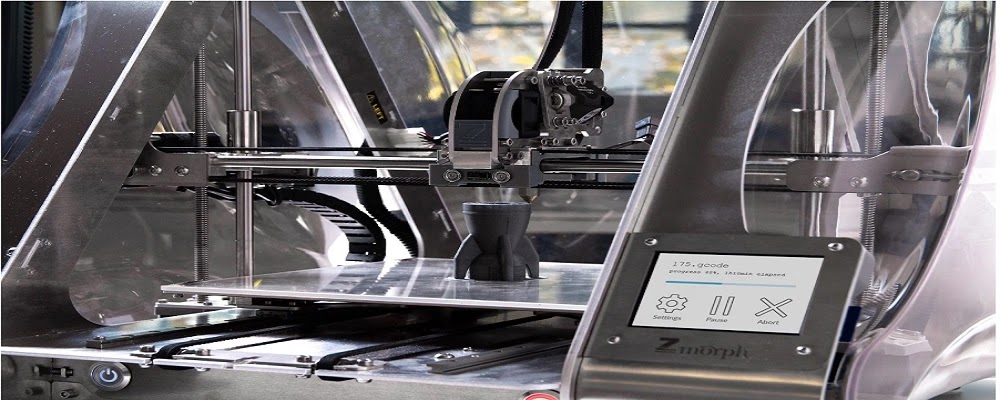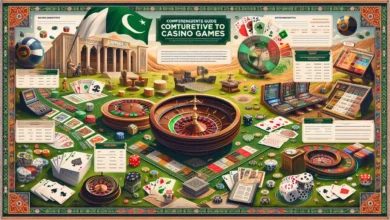Smart Factories in 3D: Enhancing Industrial Efficiency Through Rendering Technology
The landscape of manufacturing is undergoing a revolutionary transformation with the advent of smart factories and cutting-edge technologies. One such technology that has gained prominence in recent years is 3D rendering. This innovative approach to visualization has found its way into the industrial sector, offering new dimensions to the way factories are designed, operated, and optimized. Delve into the realm of smart factories in 3D, focusing on how rendering technology is contributing to enhanced industrial efficiency.
Evolution of Smart Factories
Historical Perspective
The concept of smart factories is not a recent development; it has evolved over several decades. Traditional manufacturing processes were characterized by manual labor, minimal automation, and rigid production lines. The advent of computers and automation in the late 20th century laid the foundation for the first wave of smart factories, where programmable logic controllers (PLCs) and computer-aided design (CAD) systems started to play crucial roles.
The Rise of Industry 4.0
The emergence of Industry 4.0 marked a significant leap in the evolution of smart factories. Industry 4.0 is characterized by the integration of cyber-physical systems, the Internet of Things (IoT), cloud computing, and artificial intelligence (AI). These technologies laid the groundwork for the interconnected, intelligent, and data-driven factories we see today.
The Role of 3D Rendering in Smart Factories
Understanding 3D Rendering
3D rendering is a process that transforms three-dimensional data into two-dimensional images. In the context of smart factories, this technology is employed to create realistic visual representations of not only industrial spaces but also of machinery and processes. The use of 3D rendering goes beyond mere visualization; it provides a dynamic platform for analysis, simulation, and optimization.
Benefits of 3D Rendering in Smart Factories
- Design and Prototyping: 3D rendering facilitates the creation of detailed and accurate virtual prototypes of factory layouts and equipment. This allows manufacturers to test different configurations and identify potential issues before the physical implementation, saving both time and resources.
- Simulation and Training: Smart factories leverage 3D rendering for realistic simulation of production processes. This enables workers to undergo virtual training, familiarizing themselves with machinery and workflows in a risk-free environment. It also contributes to reducing downtime associated with on-the-job training.
- Remote Monitoring and Control: Industrial 3D renderings enable remote monitoring of factory operations. Managers can virtually navigate through the factory floor, inspect equipment, and analyze real-time data without physically being present. This capability enhances overall operational efficiency and responsiveness.
- Collaborative Decision-Making: 3D renderings serve as a visual aid for collaborative decision-making. Stakeholders from different departments can interact with the virtual model, providing valuable insights and feedback before finalizing design or operational decisions.
Industrial 3D Rendering Technologies
Photorealistic Rendering
Photorealistic rendering involves creating images that closely resemble photographs. This level of detail is crucial for accurate representation of factory environments, allowing stakeholders to make informed decisions based on realistic visualizations.
Augmented Reality (AR) and Virtual Reality (VR)
The integration of AR and VR technologies for an industrial 3D render can take visualization to the next level. AR overlays digital information in the real-world environment, while VR immerses users in a completely virtual setting. Both technologies enhance training, maintenance, and troubleshooting processes within smart factories.
Real-Time Rendering
Real-time rendering is a game-changer for smart factories, providing instantaneous visual feedback as data changes in the virtual environment. This capability is particularly valuable for decision-makers who need to assess and respond to dynamic production scenarios promptly.
3D Virtual Tour: Navigating the Smart Factory
The Concept of 3D Virtual Tours
A 3D virtual tour is a digital representation of a physical space that users can explore remotely. In the context of smart factories, this technology enables stakeholders to navigate through the entire facility, inspecting machinery, production lines, and infrastructure in a highly immersive and interactive manner.
Advantages of 3D Virtual Tours in Smart Factories
- Remote Inspection and Maintenance: With 3D virtual tours, maintenance teams can inspect equipment and identify potential issues without being physically present on the factory floor. This not only reduces downtime but also enhances the overall efficiency of maintenance operations.
- Facility Planning and Optimization: Manufacturers can use 3D virtual tours for comprehensive facility planning. By virtually walking through the factory, they can assess the layout, identify bottlenecks, and optimize the arrangement of machinery and workstations for maximum efficiency.
- Training and Onboarding: 3D virtual tours provide an immersive training environment for new employees. Instead of traditional onboarding processes, which may involve physical tours and lengthy orientation sessions, new hires can explore the factory virtually, getting acquainted with the layout and processes at their own pace.
- Stakeholder Collaboration: When stakeholders from different departments or locations need to collaborate on a project or decision, 3D virtual tours offer a shared digital space. This facilitates better communication and understanding, leading to more informed and collaborative decision-making.
Challenges and Considerations
Data Security and Privacy
As smart factories become increasingly interconnected, the issue of data security and privacy becomes paramount. 3D rendering technologies often rely on vast amounts of sensitive data, and manufacturers must implement robust cybersecurity measures to protect against potential threats.
Integration with Existing Systems
The seamless integration of 3D rendering technologies with existing manufacturing systems and software is crucial for successful implementation. Compatibility issues and the need for system upgrades may pose challenges that manufacturers need to carefully navigate.
Cost and Accessibility
While the benefits of 3D rendering in smart factories are evident, the initial costs associated with implementing these technologies can be a barrier for some manufacturers. Accessibility to cutting-edge hardware and software must be considered, especially for smaller enterprises with limited budgets.
Future Outlook and Conclusion
Future Developments in 3D Rendering for Smart Factories
The future of 3D rendering in smart factories holds exciting possibilities. Advancements in AI, machine learning, and real-time rendering technologies are expected to further enhance the capabilities of virtual simulations, making them more accurate and responsive to real-world changes.
Continued Evolution of Smart Factories
As technology continues to evolve, smart factories will become even more interconnected and intelligent. The integration of 3D rendering with emerging technologies like 5G, and edge computing will contribute to faster and more efficient data processing, enabling real-time decision-making on a broader scale.
Conclusion
The integration of 3D rendering technologies into smart factories represents a significant leap forward in industrial efficiency. The ability to visualize, simulate, and optimize manufacturing processes in a virtual environment not only streamlines operations but also contributes to more informed decision-making.
The concept of 3D virtual tours further enhances the capabilities of smart factories, providing stakeholders with immersive and interactive experiences that transcend traditional boundaries. As we look toward the future, the synergy between 3D rendering and smart factories promises to reshape the manufacturing landscape, driving innovation and efficiency to new heights.





